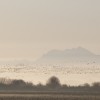 Every year about 100,000 snow geese return to Wrangell Island off the north coast of far eastern Siberia to breed. In August, as soon as the young are ready to fly, the birds move to the mainland to fatten up along the coast. A few weeks later they depart and start heading southeast across the Bering Strait, Alaska’s Seward Peninsula and the Yukon River delta. They then cross the Alaska Range and follow the coast down until they reach the terminus of the Fraser River in late September or early October. About half of the flock stops only for a short while before resuming their journey to their final winter destination in northern California. But about 50,000 stay and feed along the mouth of the Fraser on saltwater segdes and grasses. By mid-December, they have depleted this resource and the birds take wing again to fly about seventy miles south to the the Skagit River in Washington State. The birds spend the nights on shallow Skagit Bay.
Every year about 100,000 snow geese return to Wrangell Island off the north coast of far eastern Siberia to breed. In August, as soon as the young are ready to fly, the birds move to the mainland to fatten up along the coast. A few weeks later they depart and start heading southeast across the Bering Strait, Alaska’s Seward Peninsula and the Yukon River delta. They then cross the Alaska Range and follow the coast down until they reach the terminus of the Fraser River in late September or early October. About half of the flock stops only for a short while before resuming their journey to their final winter destination in northern California. But about 50,000 stay and feed along the mouth of the Fraser on saltwater segdes and grasses. By mid-December, they have depleted this resource and the birds take wing again to fly about seventy miles south to the the Skagit River in Washington State. The birds spend the nights on shallow Skagit Bay.
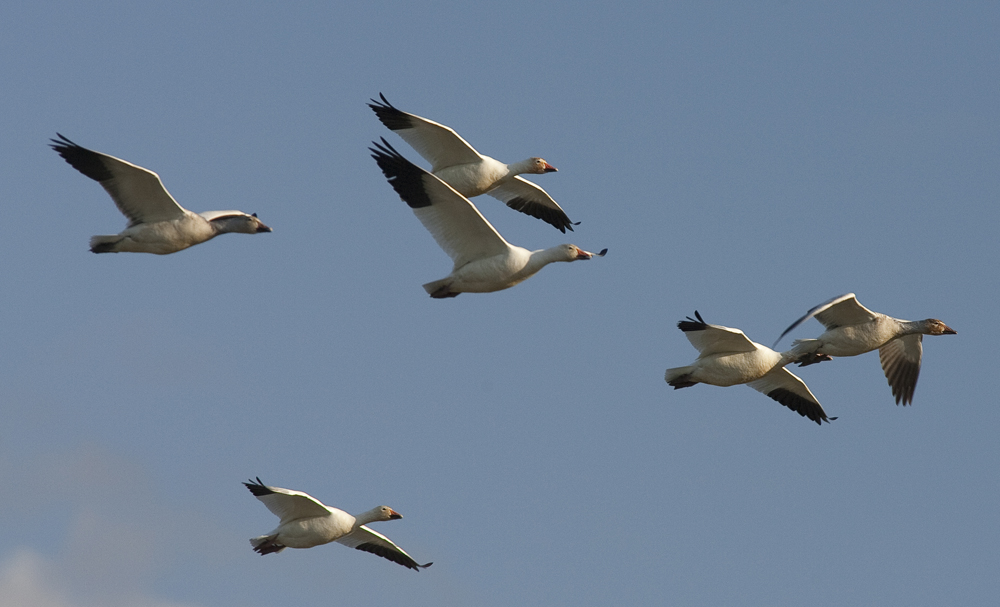
It is a spectacle to behold when at sunrise thousands of geese rise simultaneously off the saltwater to fly to the fields nearby for breakfast. In late February, they return to the Fraser for a few more weeks of feeding to gain weight for the long trek back to the Arctic. Finally, in April, after spring has arrived, they take off, wave after wave of the white travelers climbing high into sky before turning north and fading into the horizon.
Inside Passage: Chapter 1
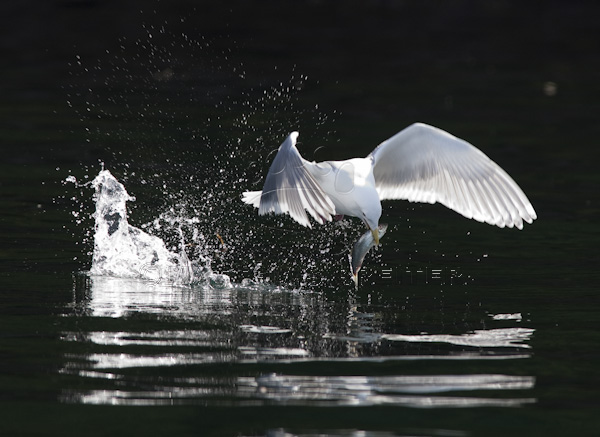 Dark clouds rush in from the west. On the wings of the storm, sea gulls race against the brooding sky. Just hours earlier, when faint wispy clouds first announced a change in weather, the steep mountains cast a perfect reflection on the glassy surface of the fjord. Tides running against a stiff breeze have meanwhile transformed the tranquil waters into a churning stretch of cresting waves. The heads of bald eagles paint white dots on the otherwise uniformly green canvas of forest, their bodies swaying as the trees they are perched on bend in submission to the gales. A Steller’s jay flutters noisily among the underbrush, announcing my presence to other forest dwellers. A black-tailed deer appears at the forest edge, glances in my direction and then melts back into the deep shadows among the trees. Off shore, on some rocks barely breaking the surface, several harbor seals lie hauled-out. As whitecaps crash against the outcrop, salty spray envelopes their bodies. In a sheltered bay, a blue heron stalks its prey. In the branches hanging above the water, kingfishers sit in ambush. A few wing beats away, a small river casts its tannin-stained load into the ocean. The salmon have started running. Dark shadows fight the strong current in unbroken succession to reach the spawning grounds beyond the rapids a few winding miles upstream. Both black and brown bears, in a rare display of tolerance for each other, gorge themselves on the seasonal overabundance along the watercourse. Eagles, crows and ravens argue over the scraps falling off the bears’ dinner table. A family of river otters, residents of the lower part of the river, join the feast. And occasionally, even the most elusive of denizens of this untamed land, the wolverine, visits the banquet prepared by nature.
Dark clouds rush in from the west. On the wings of the storm, sea gulls race against the brooding sky. Just hours earlier, when faint wispy clouds first announced a change in weather, the steep mountains cast a perfect reflection on the glassy surface of the fjord. Tides running against a stiff breeze have meanwhile transformed the tranquil waters into a churning stretch of cresting waves. The heads of bald eagles paint white dots on the otherwise uniformly green canvas of forest, their bodies swaying as the trees they are perched on bend in submission to the gales. A Steller’s jay flutters noisily among the underbrush, announcing my presence to other forest dwellers. A black-tailed deer appears at the forest edge, glances in my direction and then melts back into the deep shadows among the trees. Off shore, on some rocks barely breaking the surface, several harbor seals lie hauled-out. As whitecaps crash against the outcrop, salty spray envelopes their bodies. In a sheltered bay, a blue heron stalks its prey. In the branches hanging above the water, kingfishers sit in ambush. A few wing beats away, a small river casts its tannin-stained load into the ocean. The salmon have started running. Dark shadows fight the strong current in unbroken succession to reach the spawning grounds beyond the rapids a few winding miles upstream. Both black and brown bears, in a rare display of tolerance for each other, gorge themselves on the seasonal overabundance along the watercourse. Eagles, crows and ravens argue over the scraps falling off the bears’ dinner table. A family of river otters, residents of the lower part of the river, join the feast. And occasionally, even the most elusive of denizens of this untamed land, the wolverine, visits the banquet prepared by nature.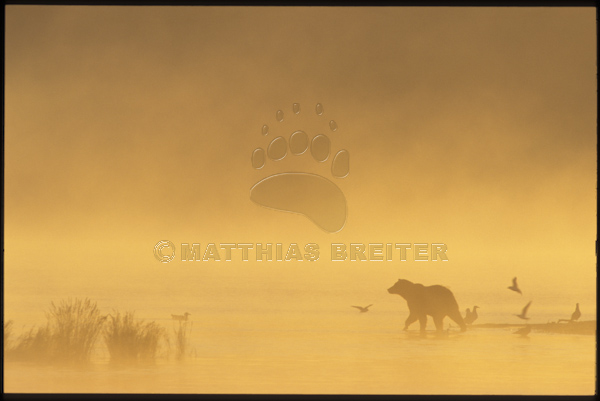
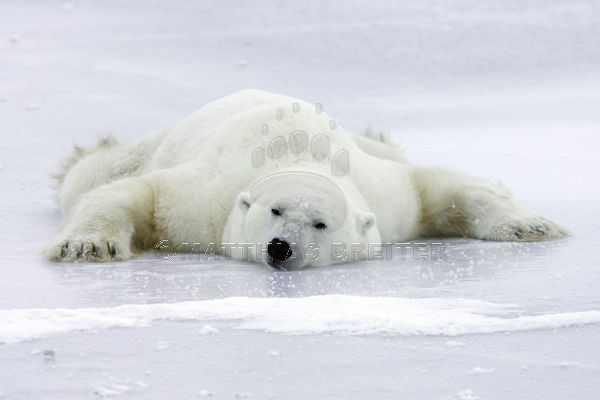
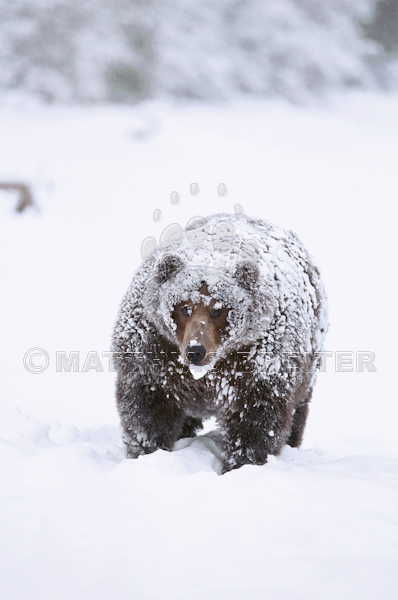
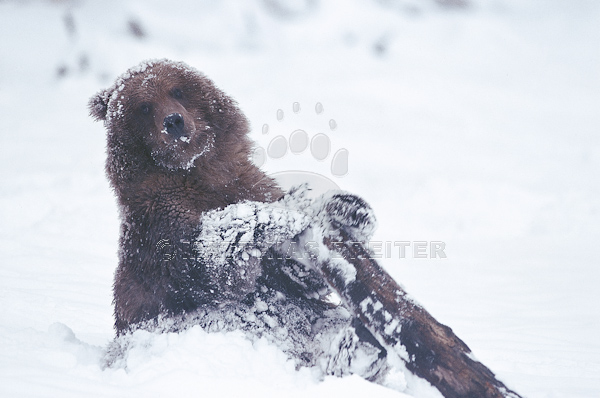
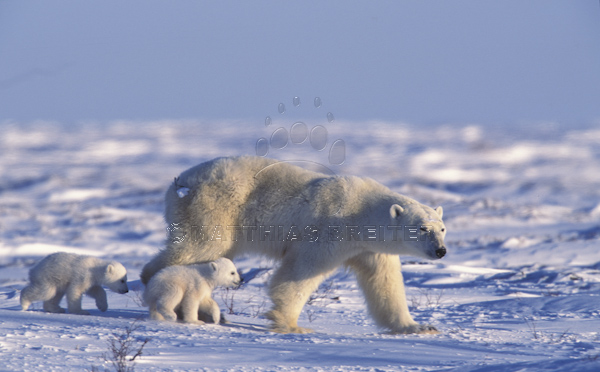
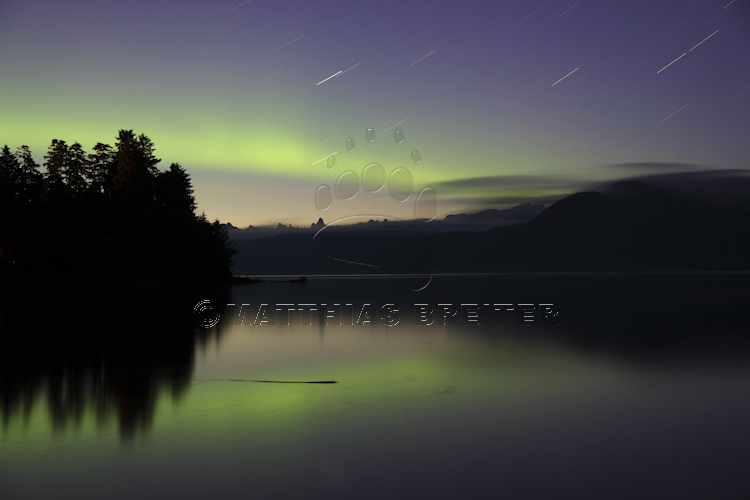
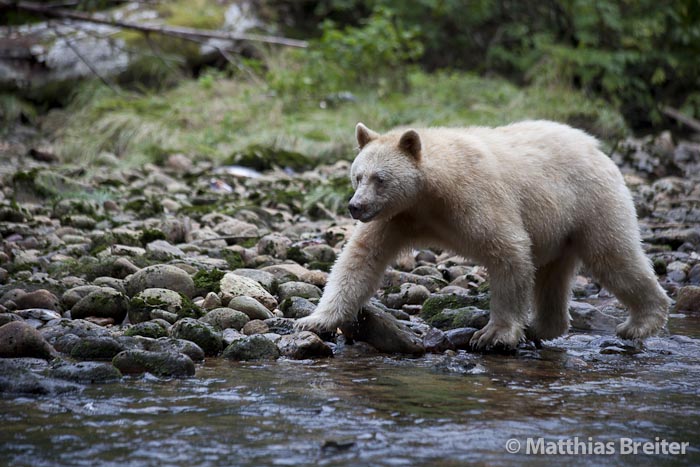
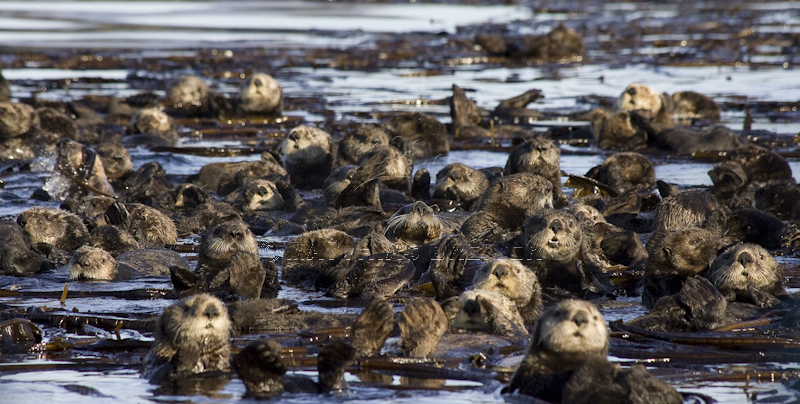
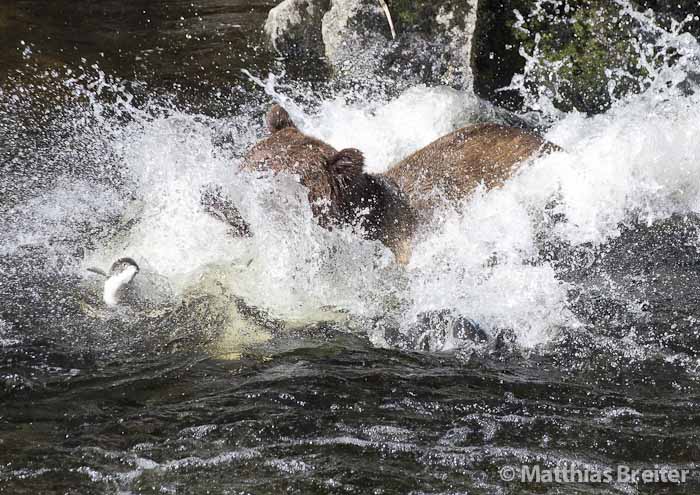 …If push comes to shove, the brown bears are dominant but mostly a fragile truce prevails. [Referring to brown bears and black bears fishing for salmon in the waters of Anan Creek south of Wrangell, Alaska] In times of overabundance, strife over a copious resource is a waste of effort. Still, black bear females, in particular females with young, usually abandon their fishing spot and leave the river or seek shelter up high in a tree when the bruins appear on the scene. Some juvenile brown bears apparently regard it as good sport to chase their smaller cousins. Mature male black bears generally stand their ground against these hooligans.
…If push comes to shove, the brown bears are dominant but mostly a fragile truce prevails. [Referring to brown bears and black bears fishing for salmon in the waters of Anan Creek south of Wrangell, Alaska] In times of overabundance, strife over a copious resource is a waste of effort. Still, black bear females, in particular females with young, usually abandon their fishing spot and leave the river or seek shelter up high in a tree when the bruins appear on the scene. Some juvenile brown bears apparently regard it as good sport to chase their smaller cousins. Mature male black bears generally stand their ground against these hooligans.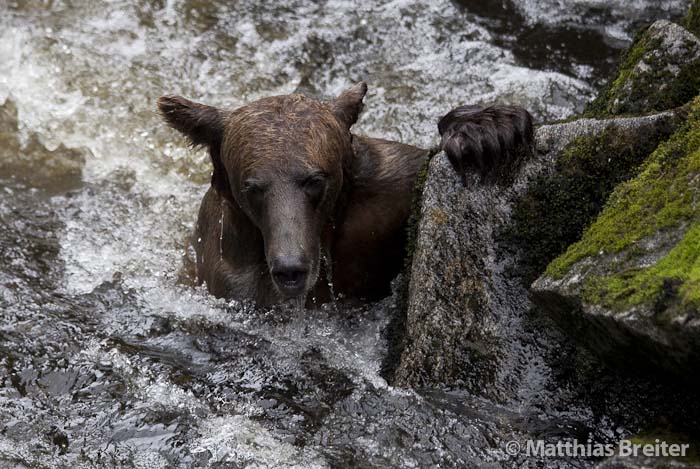
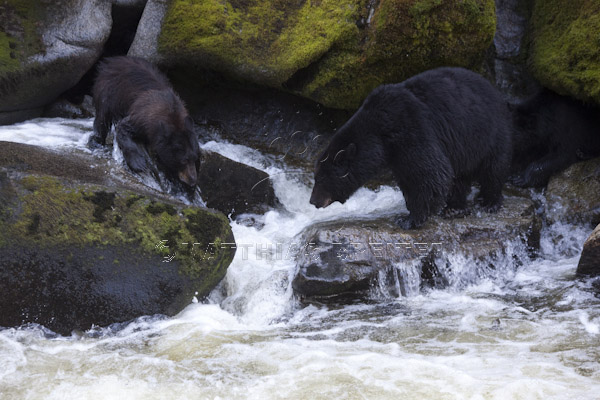 Cubs learn from their mothers. Fishing techniques get passed on to the next generation and favorite fishing spots get reused by daughters and sons. Brown bear cubs sit right on the bank of the river while their mother fishes. By comparison, the offspring of a black bear female are more cautious and watch her fishing from high in a tree or sit at the base of one, always ready to scramble up the trunk to safety. The river is a dangerous place for young bears. A lack of caution, a moment of inattentiveness, can have fatal consequences. For cubs, the
Cubs learn from their mothers. Fishing techniques get passed on to the next generation and favorite fishing spots get reused by daughters and sons. Brown bear cubs sit right on the bank of the river while their mother fishes. By comparison, the offspring of a black bear female are more cautious and watch her fishing from high in a tree or sit at the base of one, always ready to scramble up the trunk to safety. The river is a dangerous place for young bears. A lack of caution, a moment of inattentiveness, can have fatal consequences. For cubs, the 